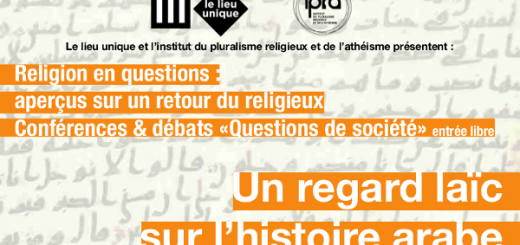Colloque international : Textual Plurality, beyond the biblical texts
The discoveries of the Dead Sea Scrolls, in the middle of the 20th century, and of the Cairo Genizah, at the end of the 19th century, have shed new light on the ques- tion of divergent textual forms, not only for the texts that constitute the Hebrew Bible, but also for cognate ancient Jewish literature. While 19th century scholars addressed the problem of divergences between textual witnesses through the concept of an alleged Urtext, this response is no longer satisfactory. New paradigms are needed to accommodate textual plurality and textual development.
While such a problem has been mainly dedicated to the study of the history of the biblical text, the present conference aims to focus on the so-called non-bibli- cal texts from the Dead Sea Scrolls and their deve- lopment in antiquity (or on texts in the margin of the biblical canon). We are perfectly conscious that the distinction between biblical and non biblical texts is ar- tificial in the case of the Dead Sea Scrolls, and that the conference will focus precisely on texts on the bor- der of what will become the biblical canon (as Jubilees, the Temple Scroll, or the Reworked Pentateuch, etc.).
The aim of this project is to rethink the textual plurality and to theorize the phenomenon and its theological, le- gal, political, social and cultural implications. Papers of this conference will address the following issues: (1) di- vergent textual witnesses from the same linguistic tradi- tion; (2) when divergences implicate to stop considering texts as a “copy” of another text and start to be a “new” composition; (3) the phenomenon of translation and cultural transfers it entails; (4) semantic and conceptual transformation through transition from one language to another, from one socio-cultural identity to another; (5) implications of textual variants between the different wit- nesses, but also with comparison to rabbinical and pa- tristic traditions; (6) in-depth study of scribal practices, at codicological level: paratextual elements, corrections, marginal notes as witnesses of a hermeneutical process through text transmission. Obviously, the transmission of the text is intertwined with its transformation, under the impact of scribes, translators, and commentators.





